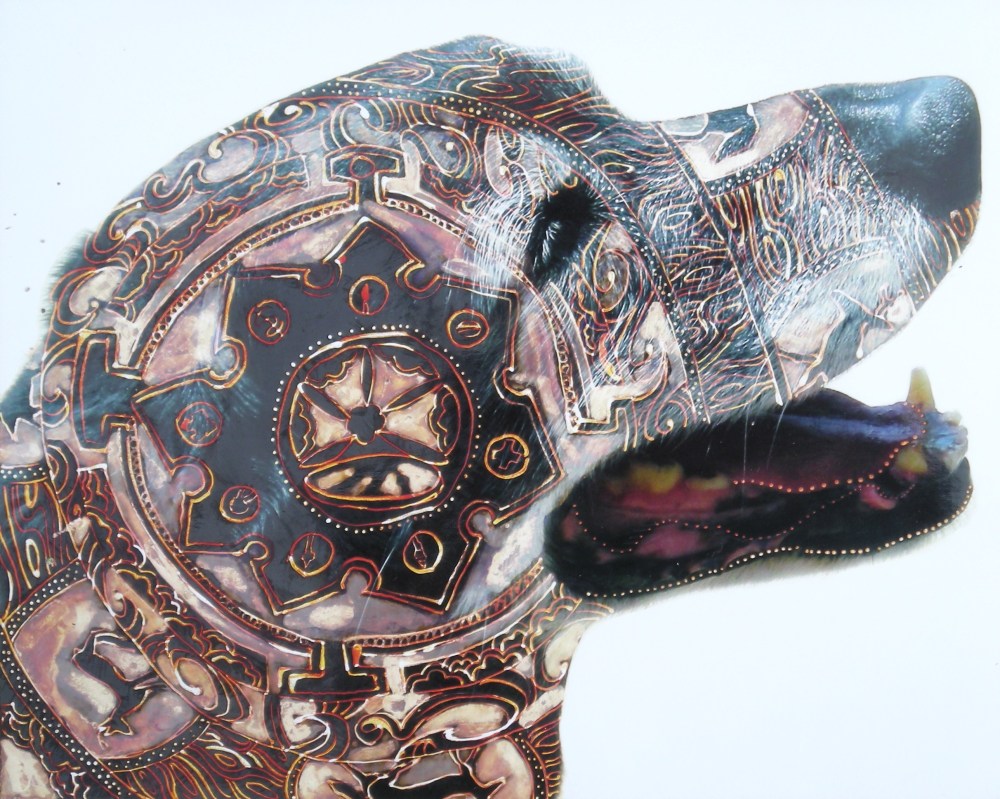 |
| Pele' as a Mandala-mixed media photograph |
After viewing a documentary on the Medici family of medieval
Florence, I can’t help think about the enormous contributions
the period has made to western art. It was a heady time for
painting during which artists such as Michelangelo, Da Vinci,
and Botticelli rose to prominence. Some of our most revered
names gained recognition under the protection and patronage of
the ruling Medici family. The cocktail for success seemed to be
a mix of tolerance and patronage and it gave rise to one of the
most productive and influential periods in all of art history.
The Medicis were a merchant family that rose to prominence
over successive generations. They gained power in the city
of Florence and were able to hold onto their ruling status with
two family members eventually becoming popes (albeit bad ones).
The medici popes were so corrupt that Martin Luther, after visiting
Rome and viewing their excesses first hand, began his prolific
demands for reform eventually resulting in the sack of Rome.
over successive generations. They gained power in the city
of Florence and were able to hold onto their ruling status with
two family members eventually becoming popes (albeit bad ones).
The medici popes were so corrupt that Martin Luther, after visiting
Rome and viewing their excesses first hand, began his prolific
demands for reform eventually resulting in the sack of Rome.
Intrigue and corruptions aside, the Medicis loved and
nurtured
art, extending their patronage to artists throughout successive
generations of their rule. Artists were feted and coddled and
it was through this financial stability that some of our most
beloved masterpieces were born.
art, extending their patronage to artists throughout successive
generations of their rule. Artists were feted and coddled and
it was through this financial stability that some of our most
beloved masterpieces were born.
Another factor in the genesis of these works was the
tolerance
that the Medicis showed their artists. Artist were allowed to
depart from the prevailing religious topics of the period and
works such as Botticcelli’s Birth of Venus were created. Without
the strict dictations of the church, artists were freer to unleash
secular creativity.
that the Medicis showed their artists. Artist were allowed to
depart from the prevailing religious topics of the period and
works such as Botticcelli’s Birth of Venus were created. Without
the strict dictations of the church, artists were freer to unleash
secular creativity.
Interestingly, Machaveli’s novel The Prince was also created
during the time as a treatise and commentary on the ruthless,
cruel and cutthroat governing style of the Medici family. From
a vipers nest came some of the most sublime and tender works
of art the world has known.
during the time as a treatise and commentary on the ruthless,
cruel and cutthroat governing style of the Medici family. From
a vipers nest came some of the most sublime and tender works
of art the world has known.
I’m not sure we today could ever reach the standards and
output
of the artists of the Medici period. In our country we have the
freedom but not the governing patronage, in other countries
there may be the patronage but not the freedom.
of the artists of the Medici period. In our country we have the
freedom but not the governing patronage, in other countries
there may be the patronage but not the freedom.



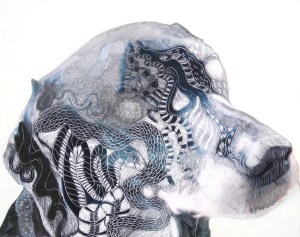
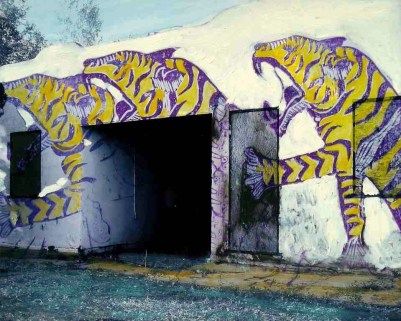
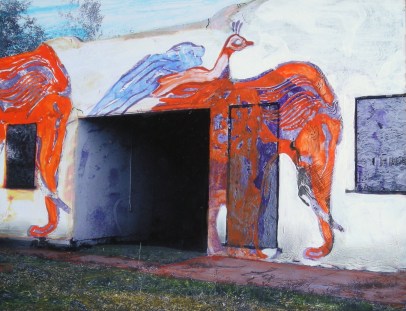
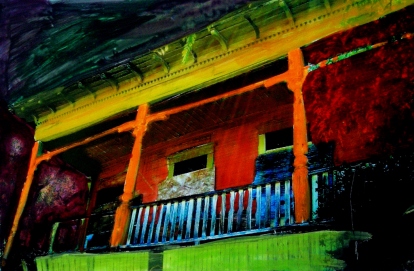





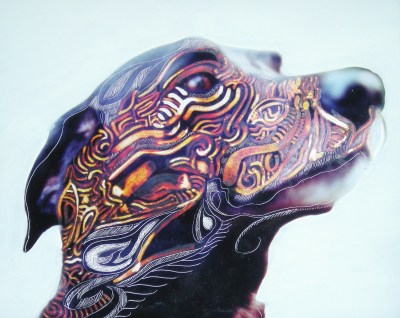
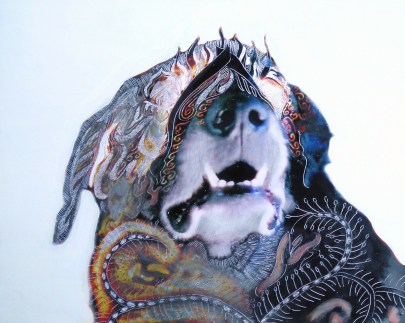
I took an early evening walk at Granite Mountain today and was taken by the moody light and shadow-fall. A storm is incoming and the extra moisture in the air diffused the remaining daylight. The earth looked heavy and solid, a dark underling beneath the whitewashed sky, reminiscent of Italian landscapes. The Southwest skies here are extraordinary, endlessly shifting and bending the light.
These photos were taken as prototypes for drawings and watercolors, and I was able to pull out the aspects that I wanted with my computer photo program. I increased shadow and highlights while decreasing contrast, and the results are moody and smolder like the diffused light in the early Dutch master's works. During the Monsoons, I've seen light run along the ground the way a flood of water would move. As the clouds travel swiftly across the sky under the sun, waves of light and shadow pass over the earths terrain in quick succession.
I like these images because much of the detail is lost and the crispness is blunted. They look like portals to another world, like dreams in passing. They have a quiet sense, like the vesper hour that is swiftly approaching.
On a more humorous note, I also found a dog poop enso. A perfect little ring of dog poop bleached white under the Arizona sun. Enso is a common circle form seen in Japanese calligraphy. Enso's origins appear to come from Zen Buddhism, symbolizing enlightened mind. It's said that the internal state of the calligrapher is revealed in the way they paint the enso, and I suppose that, in turn, it could be said that the internal state of the dog is revealed by the way they poop the enso. And it's back to the proverbial question " does a dog have Buddha nature?"